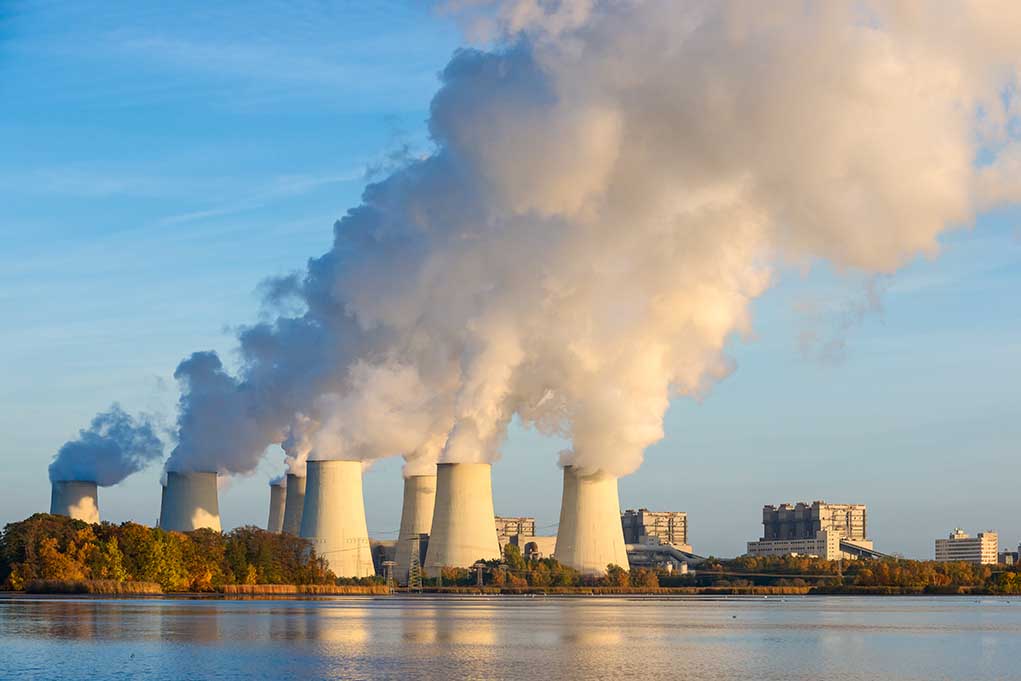
New York’s reversal on nuclear energy policy signals a dramatic about-face as Governor Kathy Hochul admits shutting down Indian Point was a costly mistake that forced the state to rely more heavily on fossil fuels.
Key Takeaways
- New York plans to build its first major nuclear power plant in over 15 years, generating 1 gigawatt of electricity—enough to power 1 million homes
- The project reverses course after the controversial closure of Indian Point nuclear plant four years ago, which provided 25% of New York City’s power
- Governor Hochul acknowledged the closure of Indian Point led to increased fossil fuel use and greenhouse emissions
- The New York Power Authority will lead the project, with site selection in upstate New York still pending
- The initiative has garnered support from Republicans while facing skepticism from some Democrats and environmental groups
Nuclear Power Returns to New York
In a remarkable shift in energy policy, New York is planning to build the state’s first new nuclear power plant in more than 15 years. Governor Kathy Hochul’s announcement represents a significant pivot from the state’s previous position, which had seen the controversial closure of the Indian Point nuclear facility just four years ago. The proposed “zero-emission advanced” nuclear plant will generate 1 gigawatt of electricity, sufficient to power approximately one million homes. While the exact location in upstate New York remains undetermined, the initiative marks a substantial recommitment to nuclear energy as a clean power source.
The decision comes as New York faces mounting challenges in meeting its ambitious clean energy goals. The state has committed to generating 70% of its electricity from renewable sources by 2030 and achieving net-zero carbon emissions by 2040 under the Climate Leadership and Community Protection Act. However, these targets have proven increasingly difficult to achieve, particularly following the closure of Indian Point, which eliminated a major source of carbon-free electricity. Hochul’s administration now appears to recognize that nuclear power must play a critical role in the state’s energy future if it hopes to reduce reliance on fossil fuels.
Confronting Past Energy Mistakes
In what amounts to an admission of policy failure, Hochul directly criticized the decision to shutter the Indian Point nuclear plant. “Let’s be honest. In doing that, we turned off one quarter of New York City’s power and it was almost all clean energy,” said Gov. Kathy Hochul.
The consequences of closing Indian Point have been significant. The power gap created by its shutdown has largely been filled by increased generation from fossil fuel plants, directly contradicting the state’s climate goals. This reality has forced a reassessment of nuclear energy’s role in New York’s power portfolio. With growing demand for electricity from data centers and other high-tech industries, coupled with the need to phase out fossil fuels, the governor warned of potential rolling blackouts if generating capacity isn’t substantially increased. The new nuclear plant represents a pragmatic response to these converging challenges.
Project Implementation and Challenges
“The New York Power Authority (NYPA)” has been tasked with developing comprehensive plans for the nuclear facility, including site selection, design specifications, and regulatory compliance. The project will need to address numerous factors including public safety concerns, infrastructure compatibility, and land availability. While financing details remain unclear, Hochul has promised that the initiative won’t lead to cost increases for ratepayers—a claim that will face intense scrutiny as the project develops. John Howard, former chairman of the state Public Service Commission, has already criticized the current energy policy framework as unworkable.
“If we don’t increase New York’s electricity supply in a major way, we’re going to risk losing our opportunities. They can go elsewhere, but we want them here,” said Gov. Kathy Hochul.
The timeline for completion extends to approximately a decade, with substantial investment required. Funding is expected to come from a combination of private capital and federal programs, though specifics remain undefined. The announcement has elicited mixed reactions across the political spectrum. Republican lawmakers have generally supported the nuclear investment as a sensible approach to energy security, while some Democrats and environmental organizations have expressed skepticism, arguing that nuclear power is prohibitively expensive, potentially dangerous, and diverts resources from renewable energy development.
A Pragmatic Energy Future
The nuclear initiative reflects a growing recognition among energy experts that achieving ambitious climate goals will require all available zero-emission technologies. The Biden administration has supported nuclear energy expansion nationally, while President Trump has long advocated for nuclear power as a reliable baseload energy source. New York’s pivot demonstrates a more practical approach to energy policy—one that acknowledges the limitations of relying exclusively on intermittent renewable sources like wind and solar. The state’s experience with Indian Point proved that prematurely closing nuclear plants can backfire environmentally.
For conservative New Yorkers who have criticized the state’s often ideologically-driven energy policies, the nuclear announcement represents a welcome shift toward pragmatism. The project acknowledges fundamental realities about energy density, reliability, and land use that have frequently been overlooked in discussions about renewable energy. While the new plant won’t begin generating electricity for years, its announcement signals an important recalibration in how New York approaches its energy future—one that may finally balance environmental goals with practical considerations of cost, reliability, and economic growth.

















